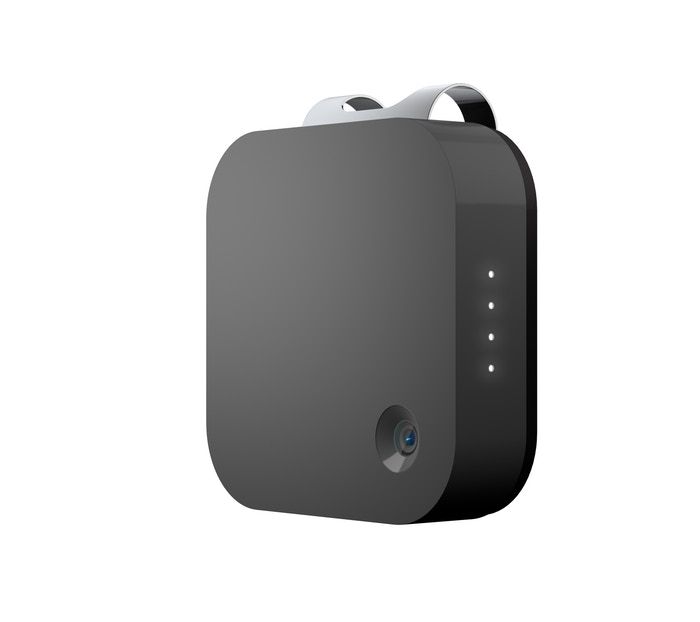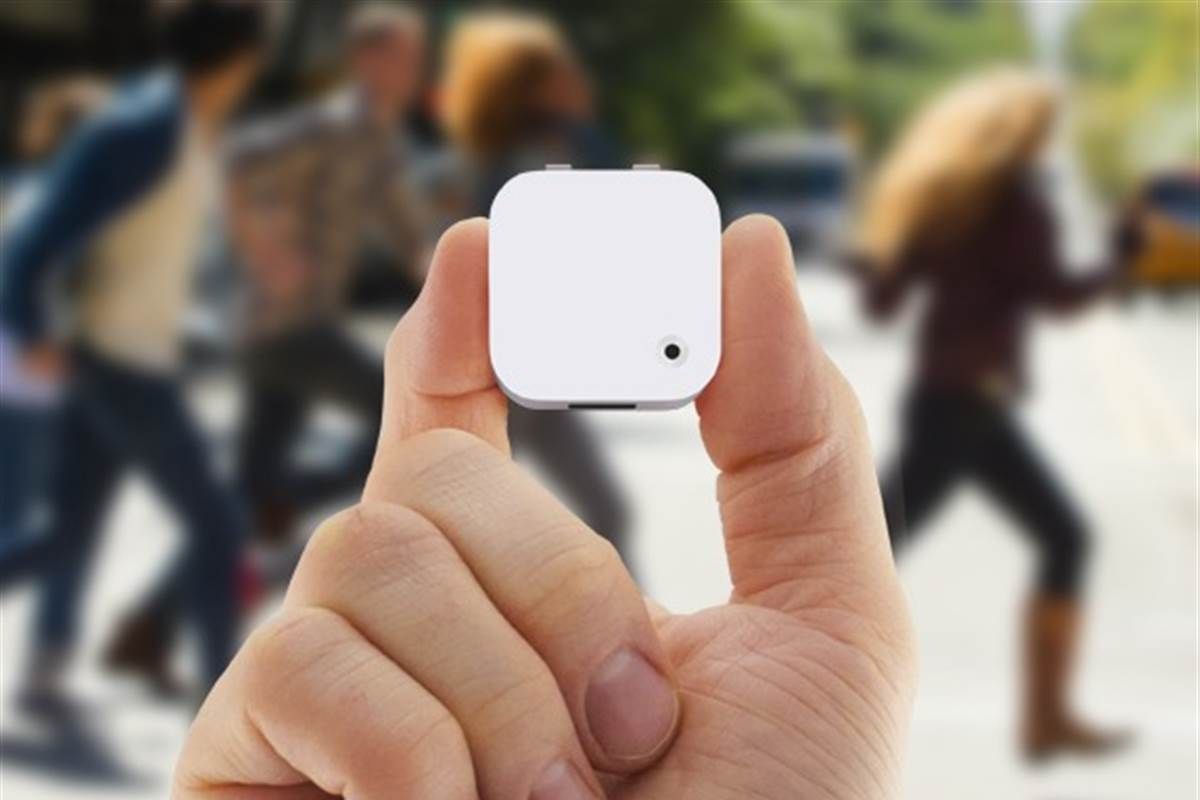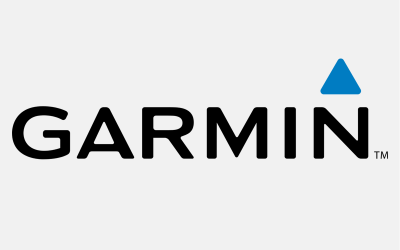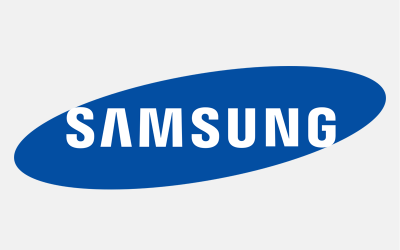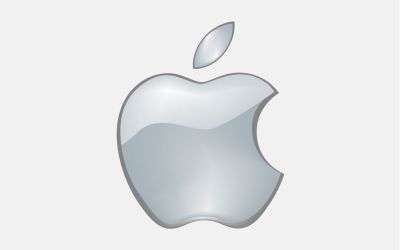The Narrative Clip is a typically innovative wearable, and one of the new wave of 'lifelogging' devices now finding their way into mass production. It is a tiny (36 mm x 36 mm x 9 mm) five megapixel camera with enough memory to store four thousand images and battery power for two days of use.
Designed and manufactured by a Swedish company originally called Memoto, who sourced crowdfunding to get the project off the ground, the Narrative Clip is small and non-intrusive to the point that it can be easily worn on one's clothes.
It is such a neat design that it has no buttons at all, only requiring to be put face down to enter standby mode. One of the standout features of the device is that the miniature enclosure includes a custom GPS engine and antenna, allowing for every image it takes to be geotagged. Future development of the cloud-based storage of these images will allow for searching by location.
The challenge faced by Memoto's designers was how to test their location-enabled camera when its diminutive design meant physically connecting a GPS simulator was not an option whilst real-world testing at locations around the world was financially and time prohibitive.
